
Press Release
Deviate Cycles Presents The High Pivot Highlander
We have designed the Highlander from the ground-up with the sole focus of creating the world's most capable trail bike. A true all-rounder: the Highlander is equally at home covering ground on an epic journey across a mountain range or smashing out laps at your local bike park. It really is a one bike quiver.
The all-carbon Highlander boasts 140mm of rear travel, 29" wheels, balanced geometry and a progressive leverage curve. At a glance, the numbers would suggest nothing too out of the ordinary for a modern trail bike. However, lay your eyes on the bike itself and the high pivot suspension design and chain idler demand attention.
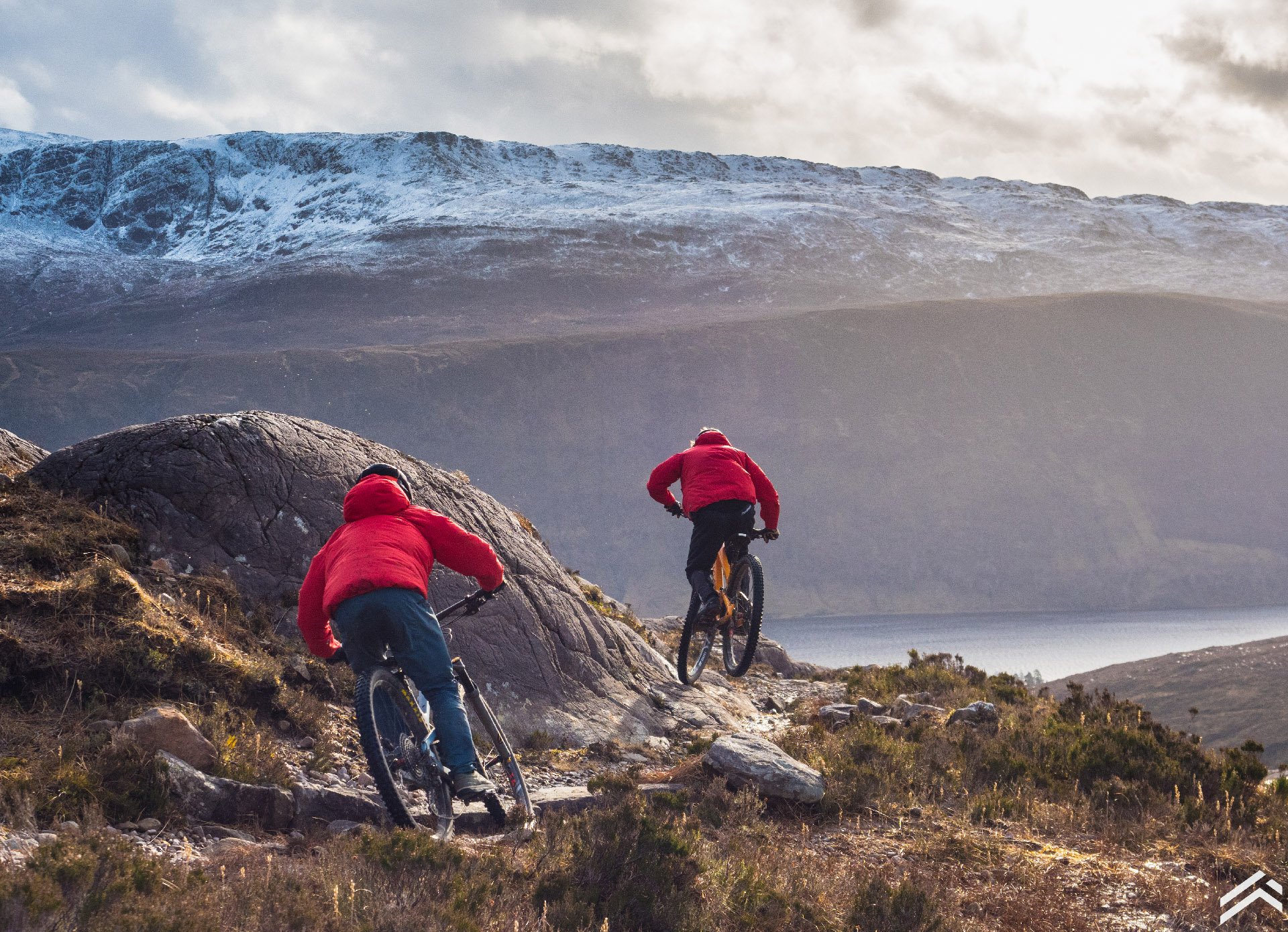
This is not our first rodeo into the world of high pivot point bikes. The high pivot point gearbox powered 160mm Guide released in 2017 is an enduro bike sporting DH levels of suspension performance. Our new Highlander trail bike takes this same suspension concept and packages it up in a shorter travel, more agile and potent chassis. In a ground-up redesign, we switched the gearbox for a conventional derailleur, added 29" wheels, reduced the travel to 140mm and re-designed the suspension kinematics to create a more progressive leverage curve.
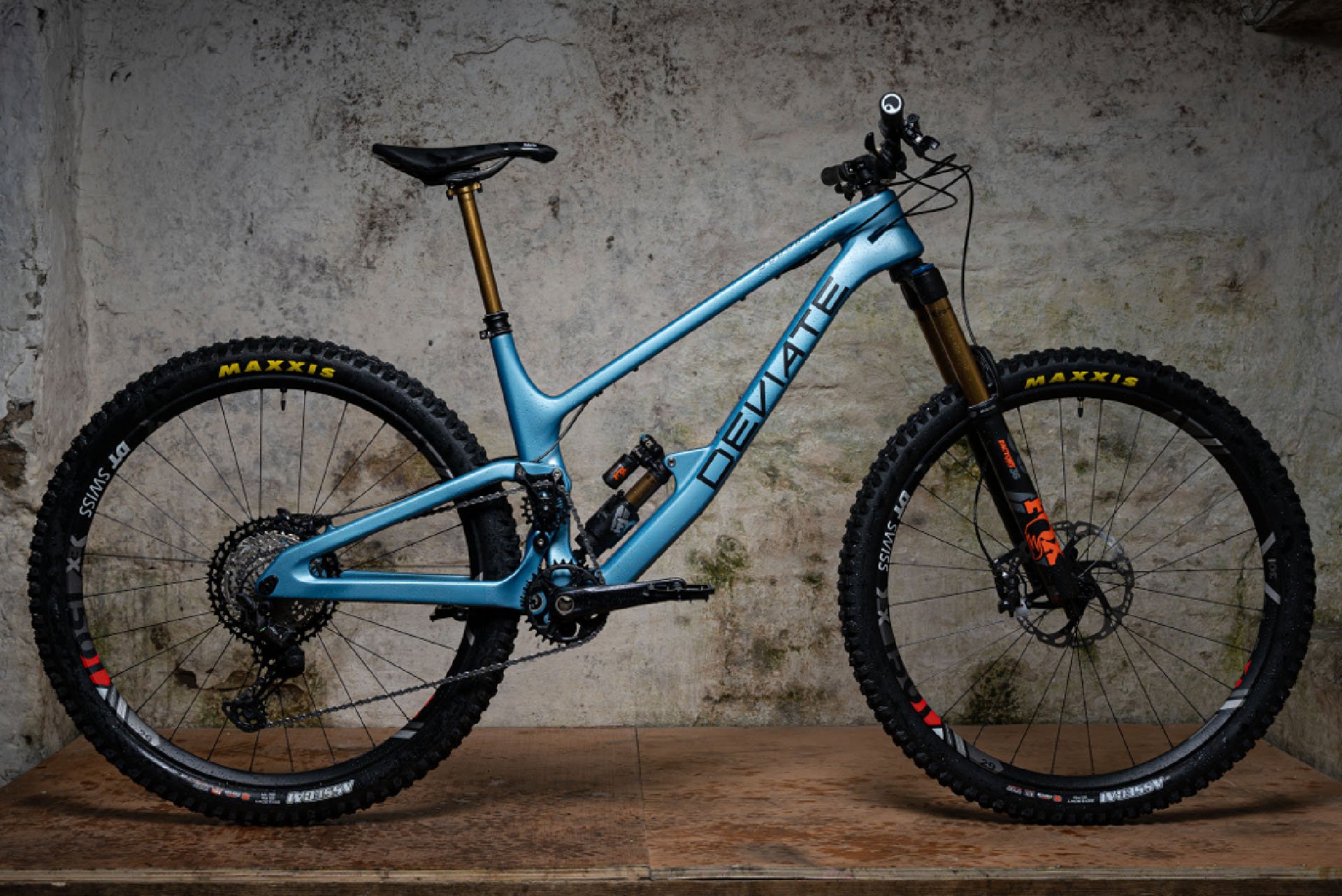
Key Features:
Material: Carbon
Wheel Size: 29”
Rear Wheel Travel: 140mm
Front Travel: 140 - 160mm
Lifetime Warranty
Crash Replacement Policy
Why use a High Pivot Point?
The effect of the high pivot point on the trail is profound. The resulting rearward axle path moves the rear wheel away from impacts maintaining forward momentum. There is a reason that high pivot bikes are dominating downhill racing at the moment. The 140mm of rear travel has descending capabilities, especially when pushed hard, that rival bikes with far more rear travel. Using a chain idler allows precise optimisation of the suspension characteristics for potent climbing, calibrated for pedalling efficiency without compromising downhill performance. Anti-squat is controlled precisely with the idler placement and pedal kickback is negligible.
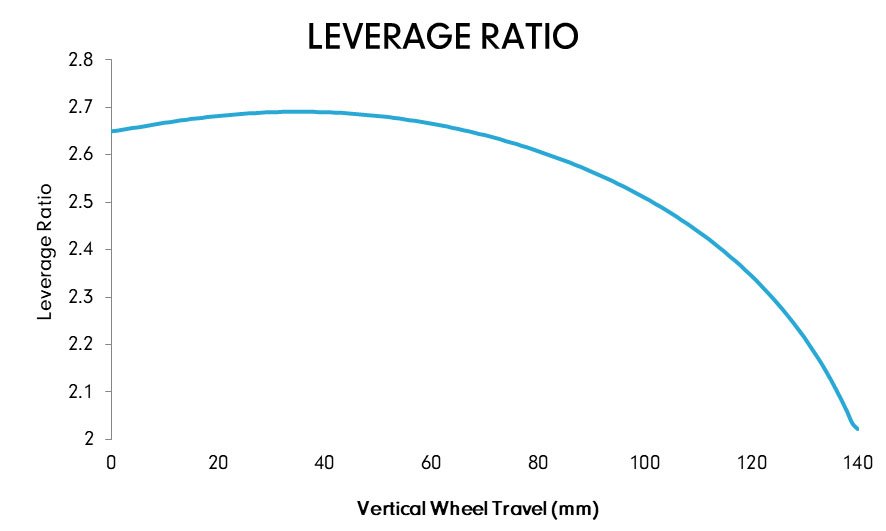
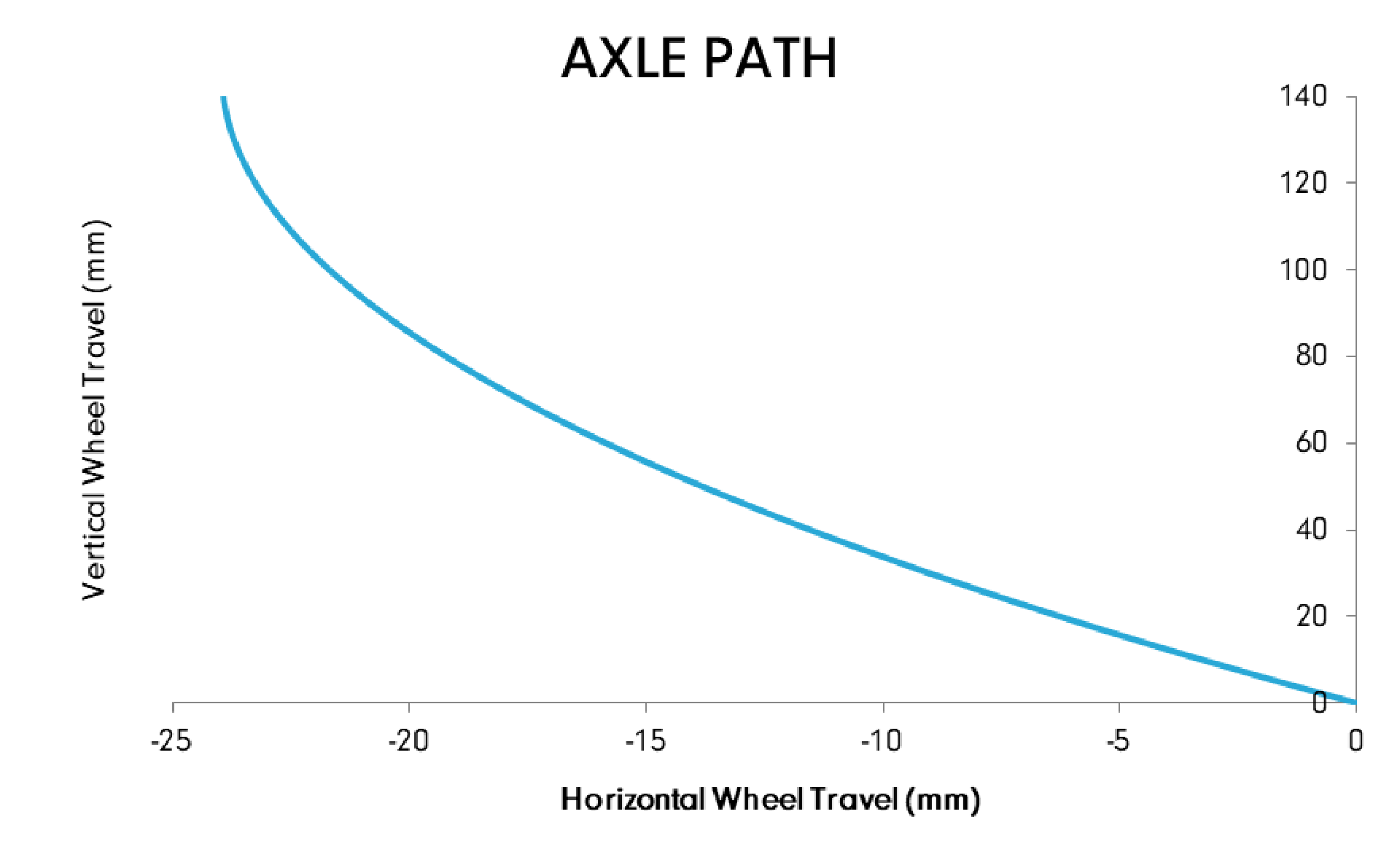
Geometry
The all-rounder nature of the Highlander is carried forward with the balanced geometry: featuring a 65.5 degree head angle, 76 degree seat angle and generous reach. Plenty of stand-over and the ability to run a super-long dropper defines the Highlander’s character as playful, composed, and most importantly, a confidence inspiring trail bike. This isn't a bike built to win races - even though it certainly could - it's built to put a smile on your face wherever the trail takes you.
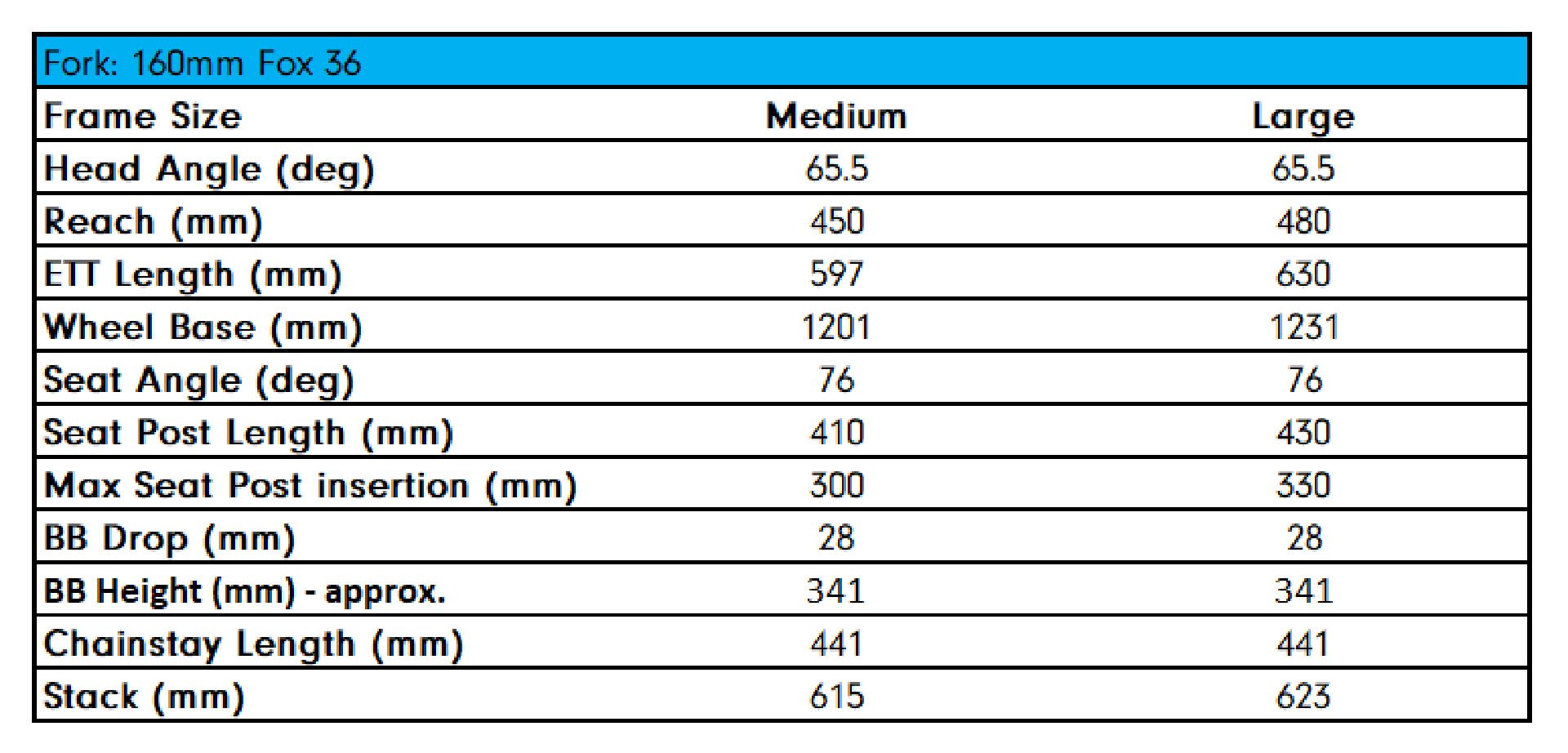
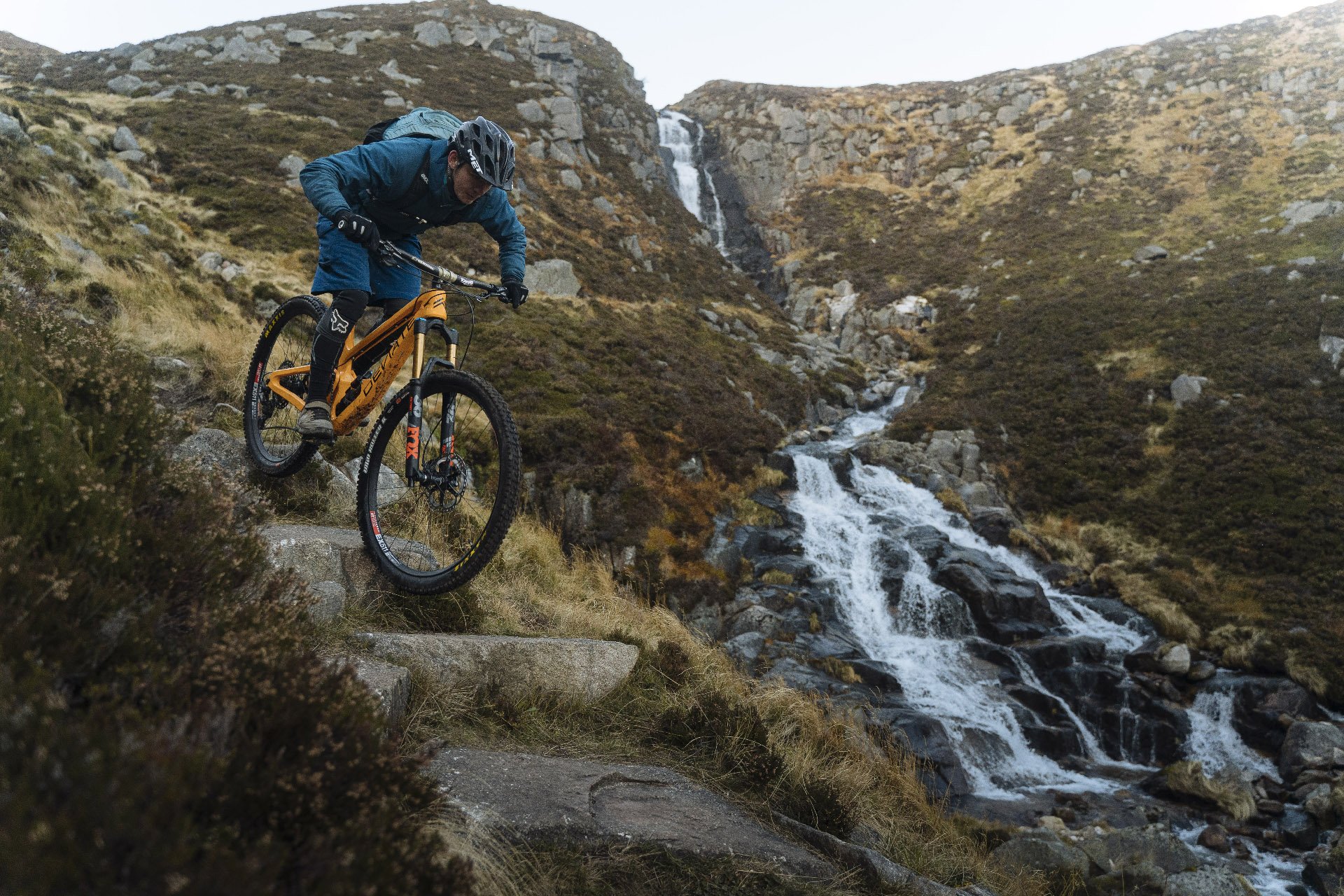
The Highlands of Scotland
Deviate Cycles, as a Scottish bike manufacturer, has developed and tested the Highlander in the rugged Scottish Highlands. The huge variety of terrain and challenging conditions make Scotland the perfect testing ground for any bike. As the saying goes "if it works in Scotland, it works anywhere".
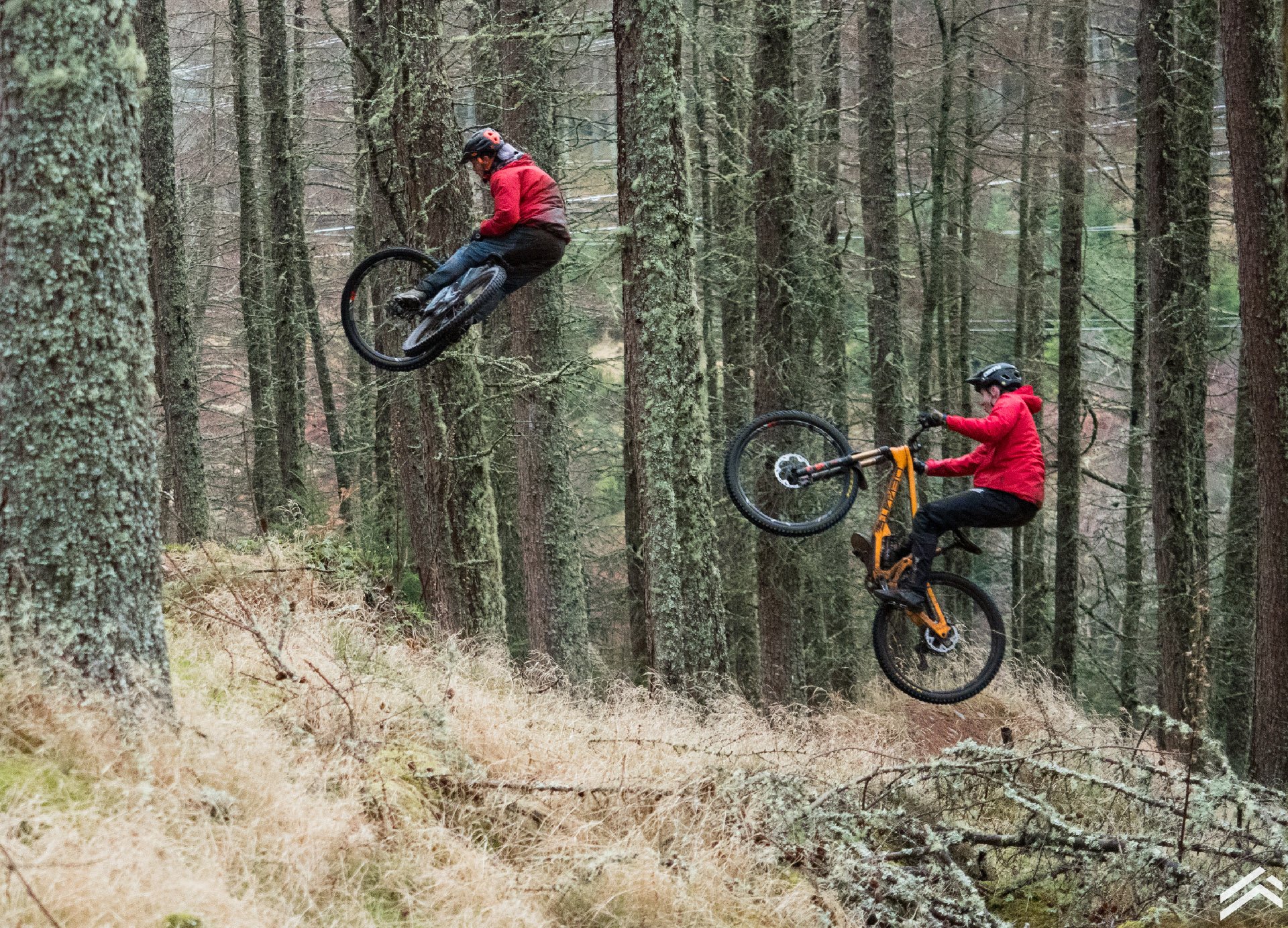
Frame Details
An engineer's passion, up close no design details have been overlooked. To increase durability we’veused fully sealed bearings with twin lip wiper seals on each bearing, coupled with grease ports to ensure the Highlander is ready for the worst weather conditions. An innovative cable channel keeps the brake/gear cables external for ease of fitment and maintenance while concealing the cables to highlight those oh so clean lines!

I'm not so sure about 6'3" on 480mm reach. XL and Small sizing to come later. - Ed.
● 18t chain idler - completely silent with twin outboard fully sealed bearings with grease injection ports.
● 126 link chain - commonly available with no need to join chains.
● Sealed bearings - high quality double row, angular contact max fill bearings.
● Grease ports - fitted to all pivot and idler bearings in the name of riding all winter!
● Cable gutter - clean lines and easy maintenance.
● Frame protection - bonded rubber frame protection from rock strikes and chain slap.
● 2.8” tyre clearance
● Boost 148
● Threaded BB
● Water bottle compatible
● Accessory mounting points
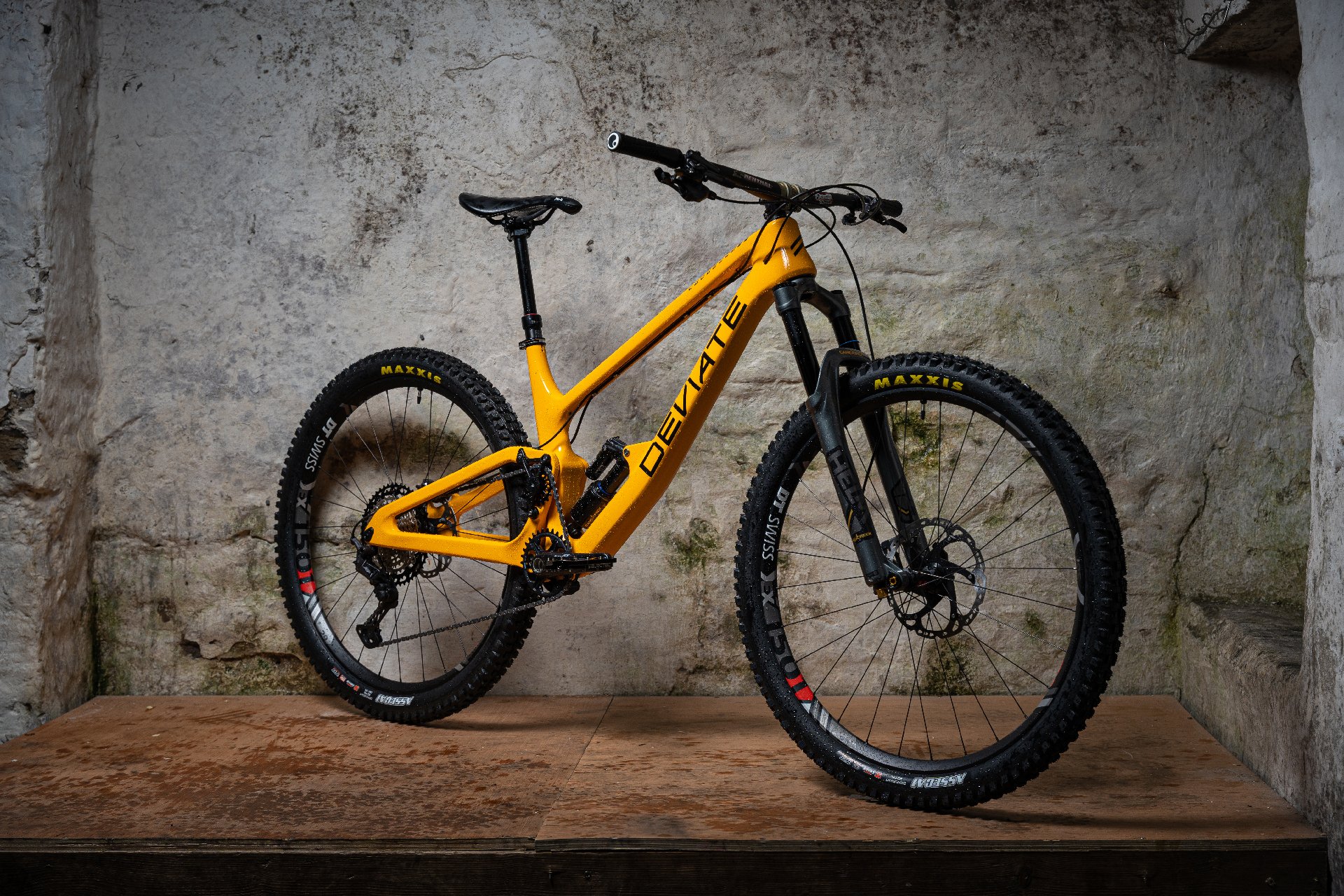
How to Buy
Now available to order at deviatecycles.com, the Highlander is offered as a frame only with a choice of shocks and build components. Sizes M and L are now available with XL and S planned
shortly. Starting at £2750 GBP (~$3550 USD) and coming with a lifetime warranty and crash/damage replacement policy. Shipping is available worldwide.
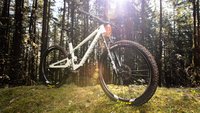
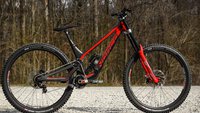







Comments
Morgan Heater
4 years, 1 month ago
Bummed the market won't support a pinion design.
Reply
Velocipedestrian
4 years, 1 month ago
External cables! I understand the market has decided the "cleaner look" of internal is super important (not my sack of potatoes, but it's a lost battle), so this gutter is a winner in my book.
Reply
cyclotoine
4 years, 1 month ago
Is the Actual and Effective Seat Tube angle THE SAME!? It sure looks it, what a novel concept! I wish more MTBs could be made this way. If it is, the Effective STA for tall riders will be up there with the best of them since most drop below 76 degrees at full extension for tall riders making this an attractive option.
Reply
Mammal
4 years, 1 month ago
It just means that the seat tube is straight up from the BB, like a hard tail. Not all designs can accommodate that, but it's nice to know exactly what it is at all post heights, from a buyers perspective.
Reply
cyclotoine
4 years, 1 month ago
EXACTLY! (the sarcasm doesn't come through the internet) seriously though some of the actual seat tube angles out there are absurd. Look at niner or canyon. If you're tall those bikes will put you way out back. Have the seat tube actually inline is a super nice hard tail (I originally considered some sort of "the way all other bikes have been made for 100 years or something" since this is mostly a FS/modern mtb thing (i'm not a fan of kinked tube hardtails either). The short chainstay fad is partially to blame for this phenomenon as you can see longer travel 29ers sometimes get very slack in the actual, it's aweful. Thankfully short chainstays are going out of style!
Reply
Mammal
4 years, 1 month ago
Modern geo is bringing the Effective angles back though. Now that things are around 75-76 deg effective, I've got no complaints with most interrupted tubes designs.
Reply
cyclotoine
4 years, 1 month ago
My point is that many brands reporting an effective seat tube angle of 75-76 are reporting it at stack height while the actual seat tube angle is making the effective slacker than reported at real saddle heights.
So for me, at 835mm of saddle height, I'm slacker than the "effective" most brands are claiming. At my seat height, the effective seat angle of the highlander is actually 76 degrees, whereas on most brands it is slacker than 76. So for a tall dude, that's pretty exciting.
I tried to build a calculator for STA when Effective seat angle at two different stack heights are known. My methods are flawed but...
at 835 mm seat height, a Hightower is around 74.5 degrees, a yeti SB 150 is around 75.5. These bikes both report and effective STA in the XL(or XXL) as steeper than 76 degrees, but they're both slacker than the Highlander. Can you see why I am stoked about the actual seat tube angle being the effective?
Reply
Alex D
4 years, 1 month ago
https://docs.google.com/spreadsheets/d/1jBF-t4Ka_zpSyep3XMdEh77pnssMsvjyAuXmnOeLyss
Here's a simple sheet to equalize geometry. Copy it, set a target stack and saddle height, and fill in geo details. The three bold columns will auto-calculate for each row. I usually pull a side shot of a bike into Photoshop to find the actual seat angle.
cyclotoine
4 years, 1 month ago
Alex D, that spreadsheet is nice for someone trying to get seated fit I guess, but it doesn't help someone calculate the effective seat tube angle. I only care about figuring out REAL effective seat tube angles at actual saddle height. It's not easy with the information given by most brands.
Someone give Banshee an award for their new geo charts! Transition should also be applauded for reporting it at an assumed seat height (but it would be nice if they also published what that height is*). Most brands just report it at stack height which isn't very helpful. It also makes them look progressive (ahem, looking at you santa cruz) when in reality they are still on the conservative side.
*Transition was happy to provide it by email.
mike
4 years, 1 month ago
Very cool , read a write up already. They compared it to the Druid .Both share similar traits , but the Druid a bit better trail bike. Where the Highlander will handle the gnar and park stuff better.
Reply
cedrico
4 years, 1 month ago
Where'd you read that?
Reply
mike
4 years, 1 month ago
https://enduro-mtb.com/en/deviate-highlander-2020-review/?fbclid=IwAR3JNQimA-Ja02JlZp_OMKdls0vLJ6AKlHY4A2Slt43HpzIvGwA72ee2Hm8
down towards the bottom of the article
Reply
Lu Kz
4 years, 1 month ago
Talk of that other brand is Forbidden
Reply
Cr4w
4 years, 1 month ago
You take that pun nonsense back to the other site. This Is a safe space.
Reply
Kos
4 years, 1 month ago
Intriguing. And beautiful. Please get on one!
1. How does the limited wrap on the chainring play out?
2. Approximate rame weight?
Reply
Timer
4 years, 1 month ago
Nr. 1 shouldn't be a problem. With a 32t chainring there are still more teeth engaged than on the small cog of the rear cassette.
Reply
Hugo Williamson
4 years, 1 month ago
So the rear wheel moves backwards up to 25mm when it hits an object, presumable it could be in the return phase when it hits another object, two opposite and opposing forces...... smooth! Or am I missing something?
I think the bike looks great.
Reply
cedrico
4 years, 1 month ago
First and foremost, I suggest you try a high pivot bike if you haven't already.
That aside, I think you make a good point that the inertia of a rear wheel when rear suspension is rebounding can contribute to the forces transferred to the rider, and it can do this more for high pivot bikes going over square edge bumps. However, what I think matters more is the alignment of the direction of forces from bumps with the direction of rear wheel travel. A good way to understand is by reducing things to an (absurd) extreme. Imagine a bike where the rear axle path is a straight line tilted 45 degree from vertical and towards the front of the bike. Now imagine a bump on the trail causing a force transferred to the rear wheel with a direction that is angled 45 degrees from vertical towards the back of the bike. Because the direction of the force and the direction of travel of the rear wheel are at 90 degrees to one another, there will be no rear wheel travel from this impact. Therefore, a maximum of force will be transferred to the rider (like riding a hardtail) even though the force transferred to the rider because of the rebounding inertia of the rear wheel is minimized. The rearward tilting of the axle path of bikes like the Highlander generally increases the alignment of bump forces with axle path direction, and generally decreases forces transferred to the rider when plowing through rough stuff. Note that this is my current understanding, and that I might be wrong because my understanding of these sort of things constantly evolves. However, I have tried a high pivot bike and they are pretty awesome in the rough.
Reply
Please log in to leave a comment.